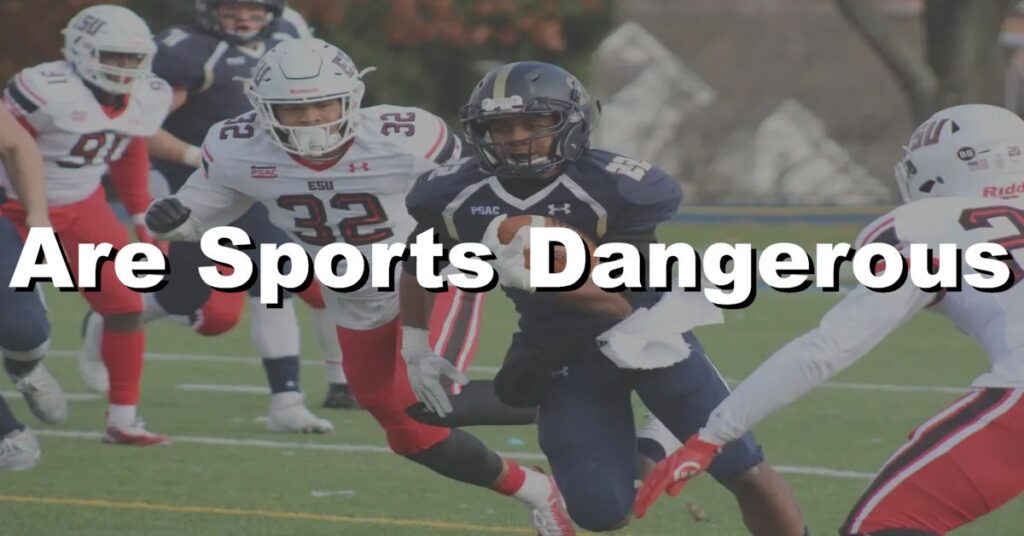While sports are usually seen as a way to improve one’s health, they can also pose risks to athletes. This is particularly true for contact sports such as football and boxing.
In this blog post, we will explore the dangers associated with sports, including the risk of concussions, injuries, and the long-term effects of these injuries.
The Most Dangerous Sports and Their Associated Risks
Sports can be thrilling and exhilarating, but they also come with inherent risks. Some sports are known for their high levels of danger and the potential for serious injuries.
Activities such as football, rugby, mixed martial arts (MMA), boxing, and extreme sports like rock climbing and snowboarding carry a greater risk of injury due to their intense physical nature and the potential for high-impact collisions. These sports often involve fast-paced action, contact, and challenging environments, which increase the likelihood of accidents and injuries.
The Measures Being Taken to Improve Athlete Safety
In recent years, there has been a growing focus on improving athlete safety across various sports. Sports organizations, governing bodies, and medical professionals have implemented measures to mitigate risks and protect athletes.
These include rule changes to promote player safety, stricter enforcement of safety guidelines, enhanced equipment and protective gear, and improved medical protocols for injury evaluation and management. Additionally, advancements in sports science and research have contributed to a better understanding of injury prevention and rehabilitation techniques.
The Role of Technology in Reducing Sports Injuries
Technology has played a significant role in reducing sports injuries and improving athlete safety. Innovations such as impact sensors, wearable devices, and video analysis tools have provided valuable data and insights into athlete performance and injury risks.
These technologies enable the monitoring of biomechanics, impact forces, and movement patterns, allowing coaches, trainers, and medical professionals to identify potential injury risks and tailor training programs accordingly.
Furthermore, advancements in sports equipment and materials have led to the development of safer and more protective gear, reducing the severity of injuries in high-impact sports.
The Physical and Mental Tolls of Professional Sports on Athletes
Participating in professional sports can take a toll on athletes, both physically and mentally. The rigorous training regimens, intense competition, and demanding schedules can lead to physical wear and tear, overuse injuries, and chronic pain.
Athletes also face the pressure of performing at a high level consistently, which can contribute to mental health challenges such as stress, anxiety, and depression.
Additionally, the competitive nature of professional sports can lead to a higher risk of concussions, long-term brain injuries, and degenerative conditions.
Balancing the Thrill of Competition with Athlete Safety
Balancing the thrill of competition with athlete safety is an ongoing challenge in the world of sports. While the desire for intense and exciting sporting events persists, it is crucial to prioritize the well-being and safety of athletes.
This involves maintaining strict safety protocols, enforcing fair play rules, and continuously evaluating and adapting safety measures based on scientific research and advancements.
It also requires a collective effort from sports organizations, coaches, medical professionals, and athletes themselves to prioritize safety, promote a culture of respect, and create an environment that values the long-term health and well-being of athletes.
Conclusion
In conclusion, while sports can certainly be dangerous, there are steps that can be taken to minimize the risk of injury. Athletes should always prioritize safety and follow proper training techniques, while organizations and coaches should implement appropriate safety measures to protect their players.

